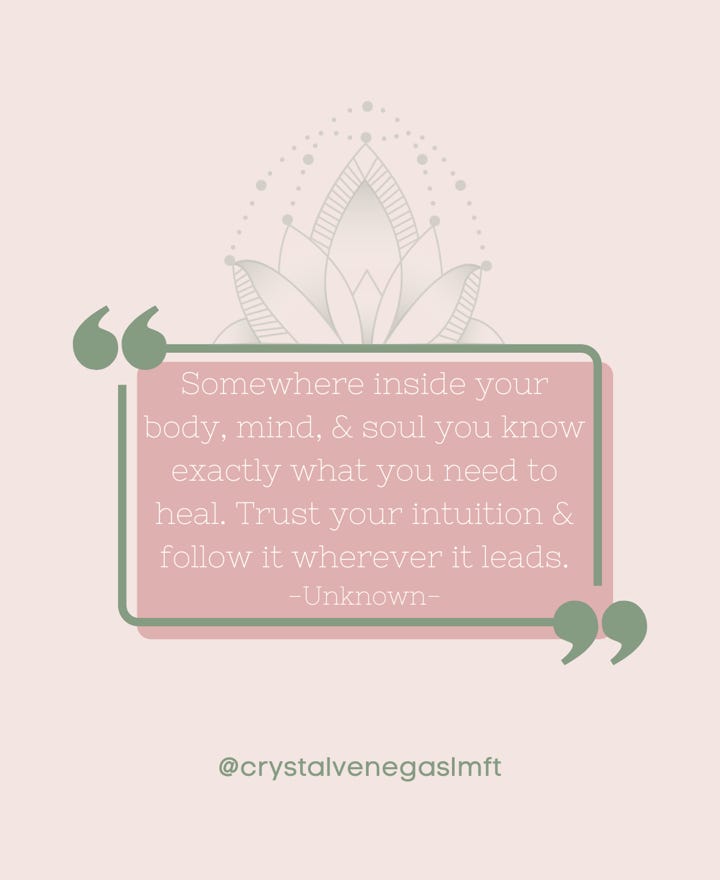Fun fact about me: I’m a licensed therapist and a tarot reader, and no, that’s not a contradiction. In fact, blending these two practices has become one of the most meaningful and transformative parts of my work with clients. While tarot and therapy might seem like an unlikely duo, combining them can unlock new layers of insight, clarity, and emotional healing.
Let’s get one thing clear from the start: tarot is not about predicting the future. It’s a reflective tool that offers imagery, symbolism, and intuitive prompts that often tap into what’s already stirring beneath the surface. When used in the context of therapy, tarot becomes a bridge to deeper understanding. It sparks curiosity, softens defenses, and invites the unconscious mind to speak up.
As someone who’s been on both sides of the therapy room (client and clinician) I’ve found that tarot helps people articulate feelings they didn’t even realize they were carrying. It’s like holding up a mirror to the soul and gently asking, “What’s ready to be seen?” When that moment of recognition hits, it can be truly profound.
What Are the Benefits of Tarot in Therapy?
1. Accessing the Subconscious Mind
Sometimes words just aren’t enough. Traditional talk therapy can be powerful, but it may feel overly intellectual, especially when someone is stuck in analysis paralysis. Tarot helps bypass the logical mind and taps into deeper emotional truths. The images on the cards often evoke reactions that reveal what we might not yet be able to say out loud.
2. Enhancing Self-Awareness
The visuals in tarot cards can act like emotional mirrors, allowing clients to project their inner experiences onto the spread. From there, we explore those insights within the safety of the therapeutic space.
3. Supporting Inner Child Work and Shadow Work
Tarot is an incredible tool for accessing forgotten or disowned parts of the self. Cards like The Moon, The Tower, or The Six of Cups can open the door to conversations around past wounds, unmet needs, or hidden desires. When paired with therapy techniques, these insights can be a powerful catalyst for healing.
4. Normalizing Spiritual Curiosity
Many clients are craving a sense of connection that goes beyond logic. They want to feel seen and heard, not just by another person but by something larger than themselves. Using tarot in therapy creates room for that spiritual dimension while staying grounded in the more traditional evidence-based care. It honors the full spectrum of being human.
5. Creating Tangible Rituals in Healing Work
Let’s be real, therapy isn’t always easy. It can be heavy, emotionally taxing, and challenging. Tarot introduces a sense of ritual and rhythm that helps clients feel more anchored in the process. Pulling a card to begin or end a session creates a sacred pause point. It signals, “This is your time. This is your space to explore, reflect, and grow.”
Why This Combo Works
The beauty of combining tarot with therapy lies in the balance it offers. There’s room for both emotional depth and practical insight, intuition and structure, symbolism and science. As a clinician, I remain grounded in evidence-based approaches like narrative therapy, DBT, and Acceptance and Commitment Therapy. But when it’s a good fit and my client is open to it, I weave in tarot to deepen our conversations and enhance the work we’re already doing.
This integrative approach honors the full human experience: mind, body, and spirit. In a world that often encourages us to numb out, disconnect, or compartmentalize, creating space for wholeness is a radical and healing act.
If you're curious about how tarot can be part of your own healing journey, I’d love to connect. This path is more than just a profession for me. It’s a passion, and I’m still in awe of the insights that unfold when these two worlds come together.

LOCATION
820 N. Mountain Ave. Suite 225
Upland, CA 91786
OFFICE HOURS
Monday - Friday
9:00am - 5:00pm
Copyright © 2025 Crystal Venegas, LMFT - All Rights Reserved • Privacy Policy • Terms & Conditions